When it comes to fire rated glass and framing, how a system is tested is important in determining its approved applications in the International Building Code (IBC). In fact, many of the test standards such as NFPA 252, NFPA 257, ASTM E-119, UL 263, etc. are directly referenced in the Chapter 7 tables of the IBC, where fire rated glass applications can be found.
Click here to download the 2012 IBC Chapter 7 Tables
Click here to download the 2015 IBC Chapter 7 Tables
Click here to download the 2018 IBC Chapter 7 Tables
These tests must be conducted by a nationally recognized testing laboratory (NRTL) and the product must remain in its follow-up service. When the fire rated glass product or system passes, it is given a listing and label from the test lab. Note that the listing and label given by the test lab only shows what the product or system has been tested to it does not equal code compliance. This a common misunderstanding in our industry, and one that has led to many misapplications that cause potential delays and added costs to the project.
In order to avoid these costly mistakes, it is important to understand the required test procedures referenced in the IBC as it relates to the fire rated glass product’s application: whether it is used in windows, doors, walls or floors.
FIRE WINDOW vs. DOOR vs. WALL vs. FLOOR ASSEMBLIES
Fire window assemblies are tested to NFPA 257, Standard on Fire Test for Window and Glass Block Assemblies or UL 9, Standard for Fire Tests of Window Assemblies. The glazing product is subject to the fire endurance test and hose stream test. Since measuring radiant heat transmission is not part of the test, these products are classified as fire protective and are subject to application and size limitations. Interior windows or openings are limited to 20-45 minutes and 25% of the wall area. Exterior windows or openings can are permitted up 90 minutes, but its applications and sizes are limited in the IBC based on fire separation distance.
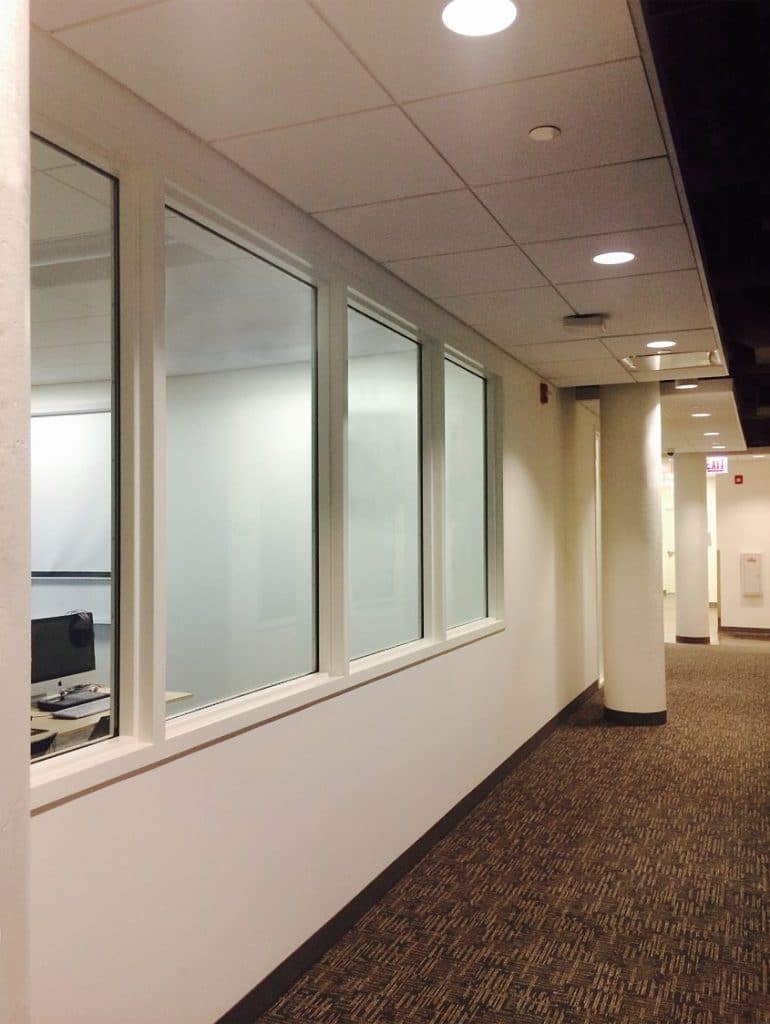
Fire door assemblies (includes the door panel, sidelite and transoms) are tested to NFPA 252, Standard Methods of Fire Tests of Door Assemblies or UL 10 B, Standard for Fire Tests of Door Assemblies, or UL 10 C, Standard for Positive Pressure Fire Tests of Door Assemblies. In the late 1990s, the required test method changed from neutral or negative pressure to positive pressure to more accurately simulate the conditions of a fire in the real world. Today, the IBC requires side-hinged or swinging fire doors to be tested with positive pressure, using either UL 10C or NFPA 252. Like fire window assemblies, fire door assembly testing includes the fire endurance test and hose stream test. Note that building codes throughout the US typically stipulate that 20 minute doors are exempt from the hose stream test.
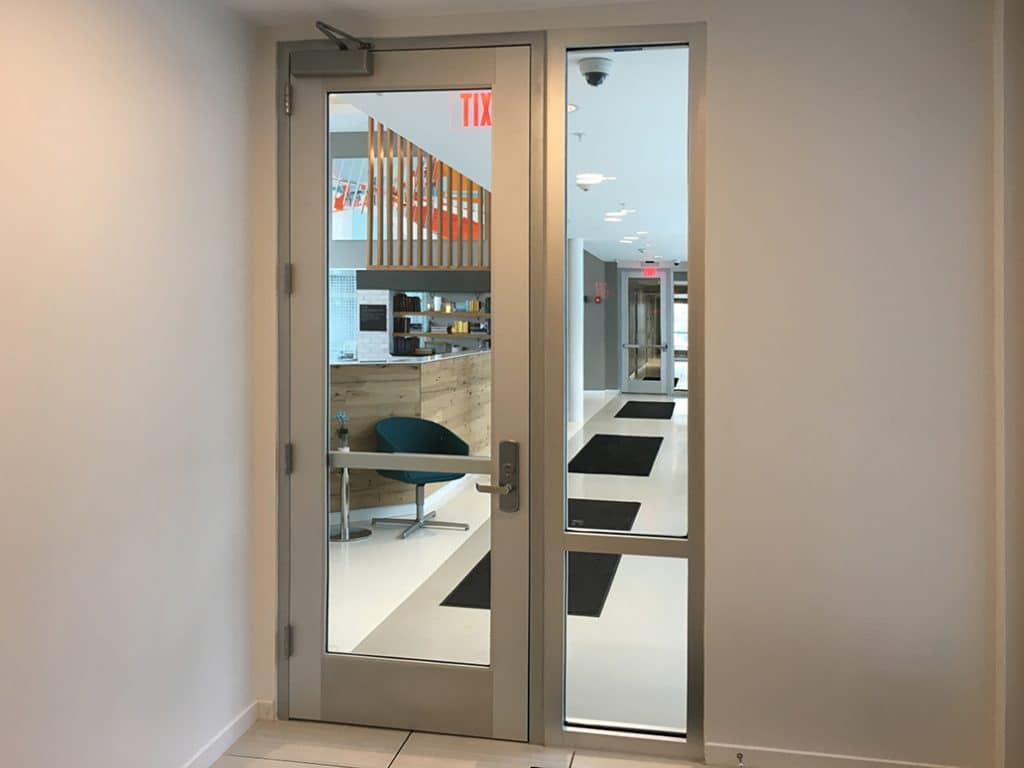
In certain applications, fire doors are also required to limit the transmission of heat from one side to the other to protect building occupants so they can safely exit the building. Known as temperature rise doors, these doors carry a temperature rise rating in addition to the hourly rating. Temperature rise ratings are either 250 degrees F, 450 degrees F or 650 degrees F, indicating the maximum rise above ambient temperature on the non-fire side measured during the first 30 minutes of a standard fire endurance test. A 250 degree F temperature rise rating is considered to be the most stringent, and would meet the requirements of a specification requiring 450 degrees F or 650 degrees F.
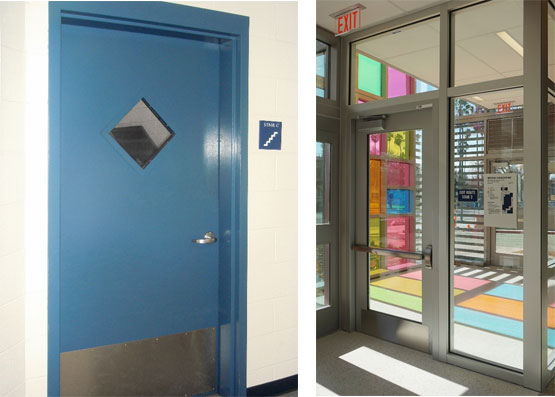
Fire wall assemblies are tested to ASTM E-119, Standard Test Methods for Fire Tests of Building Construction and Materials, or UL 263, Standard for Fire Tests of Building Construction and Materials. The fire rated glass product is subject to the fire endurance test, the radiant heat test and the hose stream test. If the fire rated glass product remains intact and limits the temperature rise to less than 250 degrees F above ambient on the non-fire side, the fire rated glass product passes. These products are classified as fire resistive and can be used up to the maximum size tested.
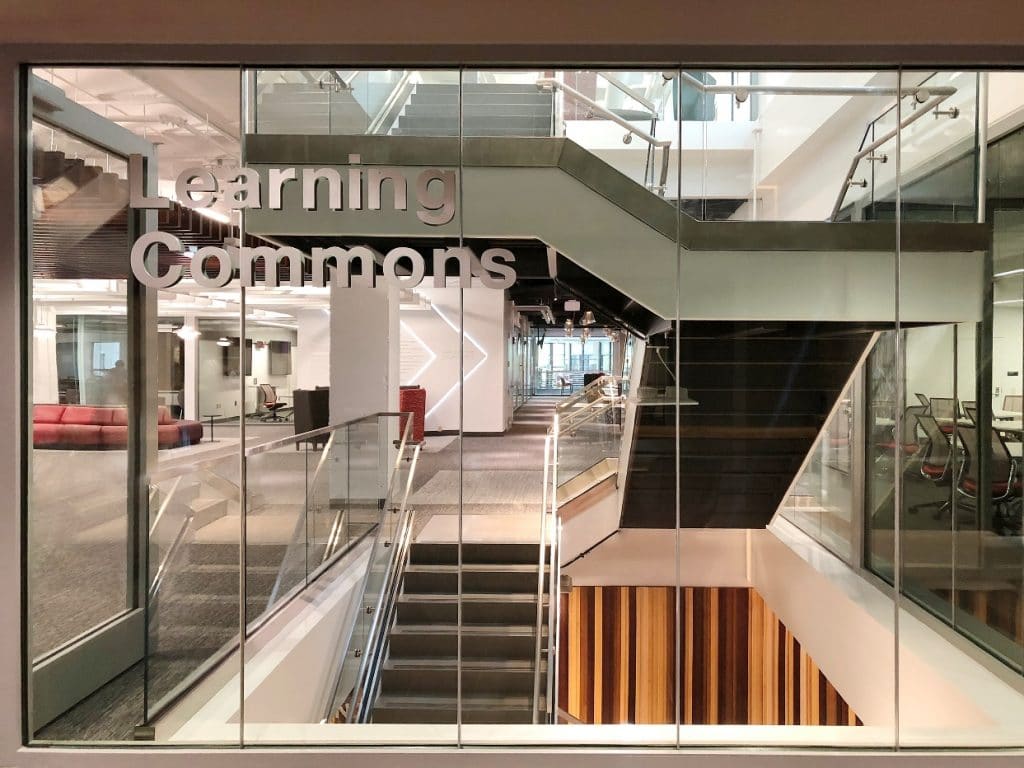
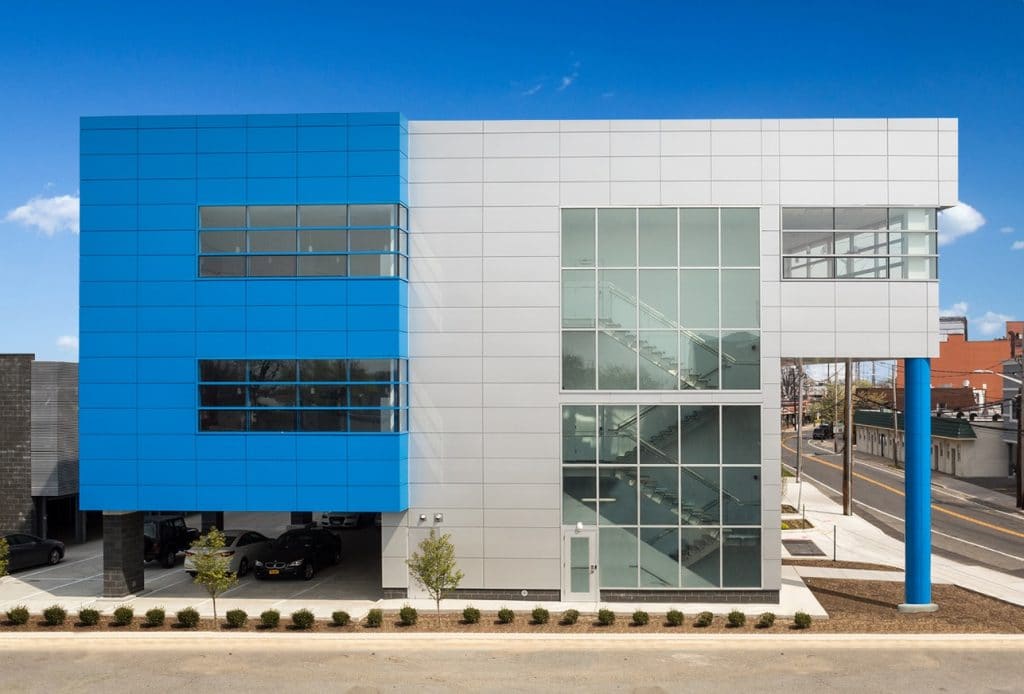
Fire floor assemblies are also tested to ASTM E-119, Standard Test Methods for Fire Tests of Building Construction and Materials, or UL 263, Standard for Fire Tests of Building Construction and Materials. The assembly is subject to the fire endurance test and the radiant heat test. A load (typically 100 psf) is applied to the assembly for the entire duration of the test. If the assembly remains intact and limits the temperature rise to less than 250 degrees F above ambient on the non-fire side, the assembly passes. These products are also classified as fire resistive and can be used up to the maximum size tested.

WHEN IN DOUBT, ASK AN EXPERT
Never hesitate to consult a knowledgeable fire rated glass manufacturer if you have questions about product performance, allowed applications, or need help in understanding the code requirements. In some cases, it makes sense to involve the manufacturer in the early design phases, especially when dealing with highly technical products such as fire rated glass. With ever-changing codes and rapid advances in material technology, product and industry knowledge in the selection and use of fire rated glass products can help you save time, money and lives.